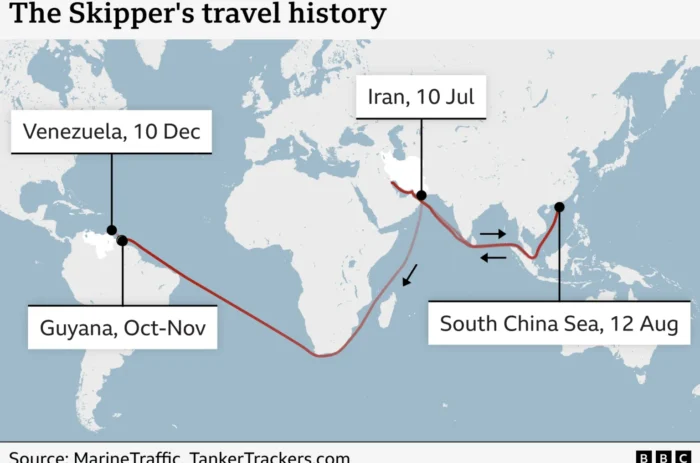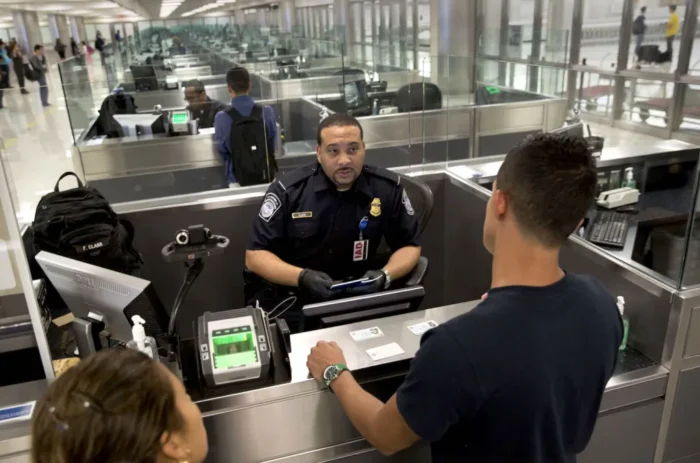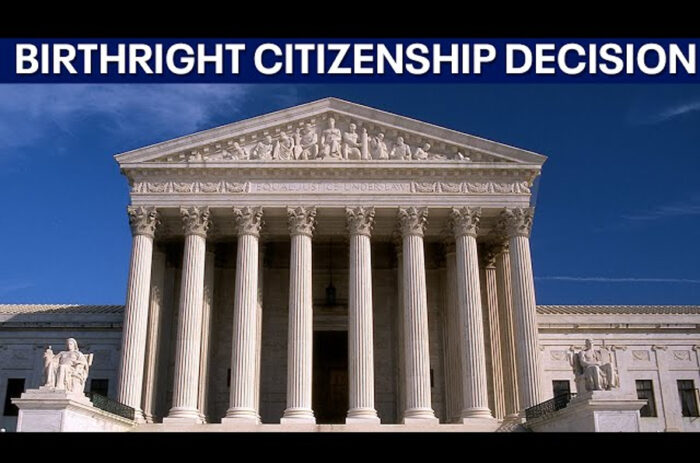redo Jump to...
print Print...
(by Patrick Goodenough, Feb. 25, 2008, CNSNews.com) – A decade of left-wing rule in South Korea ended on Monday as a new conservative president took the helm. Lee Myung-bak has pledged to bolster relations with the U.S. and is pressing North Korea to resolve the nuclear weapons crisis.
“Once North Korea abandons its nuclear program and chooses the path to openness, we can expect to see a new horizon in inter-Korean cooperation,” Lee said in his inaugural speech in Seoul.
Guests at the event included Secretary of State Condoleezza Rice, who will hold talks with the incoming administration, and Japanese Prime Minister Yasuo Fukuda.
Lee’s victory in elections last December brought the promise of a closer alignment between Washington, Seoul and Tokyo as they attempt to bring the “six-party” process aimed at denuclearizing North Korea to a successful conclusion.
The other parties rounding out the talks, Russia and China, have tended to be more sympathetic towards Pyongyang, and a more hardnosed stance by South Korea may help to tilt the balance in favor of the U.S.-Japanese position.
Former President Roh Moo-hyun, like his predecessor Kim Dae-jung, pursued a policy of engagement towards North Korea that critics said was too willing to overlook Kim Jong-il’s provocative actions — and his regime’s human rights abuses — in the interests of inter-Korean harmony.
Lee has distanced himself from that approach, telling an earlier press conference that he would not “tip-toe” around the North Koreans. At the same time, he held out an offer of generous assistance on Monday, provided the North ends its nuclear ambitions.
That assistance, he said, would help to raise the per-capita income of North Koreans to $3,000 in a decade. (Financial institutions estimate the North’s per capita income at around $900, less than one-tenth of that in the South.)
“The leaders of the two Koreas must contemplate what they can do to make the lives of all 70 million Koreans happy,” Lee said.
Progress in resolving the nuclear issue has been slow, however.
The six-party process is stuck over North Korea’s failure to meet a Dec. 31 deadline for disabling three specified nuclear facilities and declaring all of its nuclear weapons programs.
The deadline was set in a deal formalized in October. In exchange for North Korea meeting its commitments, the other parties to the agreement undertook to provide fuel and other aid, as well as diplomatic concessions.
While Pyongyang hasn’t met its undertaking, it is also complaining that the U.S. is delaying on starting a process to remove North Korea from a list of state sponsors of terror (One of the criticisms of the October deal was the vagueness about sequencing of the various commitments.)
Christopher Hill, the U.S. representative at the six-party talks, met with his North Korean counterpart in Beijing last week in a bid to break the impasse. He reiterated the requirement that North Korea make a “complete and correct” declaration of its nuclear programs.
Alliance
Roh’s efforts to engage with North Korea frequently put Seoul at odds with its most important military ally, and relations with the U.S. were shaky at times during the former human rights lawyer’s five-year term in office.
At the same time, Roh contributed Korean forces to the U.S.-led coalition in Iraq, despite considerable domestic opposition to the move.
In his inaugural speech, Lee pledged to improve ties with the U.S. “Based on the deep mutual trust that exists between the two peoples, we will also strengthen our strategic alliance with the United States,” he said.
Tens of thousands of U.S. troops have been deployed on the peninsula since the 1950-53 Korean War, to help defend South Korea against aggression from its communist neighbor’s 1.1 million-strong army. The U.S. numbers, once as high as 37,000, are currently at around 28,000, and are due to drop to 25,000 as part of a global force repositioning program.
Another major challenge for both governments will be to secure legislative approval for a free trade agreement, signed last June.
Korea is Asia’s third-largest economy and the world’s 10th biggest, and the FTA, according to U.S. Trade Representative Susan Schwab, would be “the most commercially significant free trade agreement the United States has concluded in nearly 20 years.”
Supporters of the FTA hope the U.S. Congress will ratify it before its summer recess, given that the focus of the second half of the year will be on November elections — and that both Democratic contenders for the presidency oppose the deal. Ratification entails a 90-day process, so lawmakers would need to act in March if it is to be achieved by the summer.
On the Korean side, legislative timetable difficulties are also a factor. Lee’s conservative Grand National Party (GNP) had hoped to get parliamentary approval before Monday’s inauguration, but the liberal pro-Roh United New Democratic Party, which holds the majority in the country’s National Assembly, wants to hold off until after legislative elections in April.
That is only one of the early headaches facing Lee, who has cited boosting the economy and fostering national unity as major issues on his agenda.
The former business executive has also fended off controversy over some cabinet appointments, and accusations of involvement in a 2001 share manipulation scandal remain damaging, despite an inquiry having cleared him of the allegations last week.
All original CNSNews.com material, copyright 1998-2008 Cybercast News Service. Reprinted here with permission from CNSNews. Visit the website at CNSNews.com.
Questions
1. Who is the new president of South Korea?
2. What is the major difference between Mr. Lee and the two previous presidents? Be specific.
3. a) What is President Lee asking North Korea to do in exchange for financial assistance?
b) By what amount will South Korea’s assistance increase the per-capita income of North Koreans?
4. Why have the six-party talks stalled?
5. Why shouldn’t the U.S. remove North Korea from a list of state sponsors of terror?
6. What relationship does President Lee aim to have with the U.S.?
7. Why do U.S. supporters of a proposed Free Trade Agreement with South Korea hope that Congress will ratify it before its summer recess?
OPTIONAL CHALLENGE READING:
In addition to South Korea’s relationship with North Korea, this article includes information on a proposed U.S. Free Trade Agreement with South Korea. Read a study from the Competitive Enterprise Institute examining the pros and cons of the Free Trade Agreement with South Korea here.
Background
NOTE TO STUDENTS: This article is about South Korea’s newly elected president. We have included the information below on the Six Party Talks to give you a clearer picture of the situation between South and North Korea.
NORTH KOREA’S NUCLEAR WEAPONS PROGRAM and THE SIX-PARTY TALKS:
- The six-party talks are a series of meetings with six participating states – the U.S., Japan, China, South Korea, North Korea and Russia.
- These talks were a result of North Korea withdrawing from the U.N.’s Nuclear Non-Proliferation Treaty (NPT) in 2003. North Korea is led by dictator Kim Jong-Il, who has starved and imprisoned millions of his own people.
- The aim of the talks is to find a peaceful resolution to the security concerns raised by the North Korean nuclear weapons program.
- After five rounds of talks from 2003 to 2007, little progress had been made.
- September 2005, as a result of illegal acts committed by the North Korean government, including the counterfeiting of U.S. money, the U.S. froze North Korea’s overseas bank accounts. The North Korean government then refused to participate in further six-party talks.
- April 2006, North Korea said they would resume talks only with the U.S. (not six-party), if the U.S. released recently frozen North Korean financial assets held in a bank in Macau. The U.S. did not comply with the request.
- October 2006 North Korea conducted a test of a nuclear weapon.
- December 2006 six-party talks resumed.
- In February 2007, North Korea agreed to shut down its nuclear facilities in exchange for fuel aid and steps towards the normalization of relations with the United States and Japan. Negotiations then stalled through July.
- In October 2007 an agreement was made among the six countries negotiating the end of the North’s nuclear program. Under the agreement, North Korea would start getting energy and other economic assistance from the U.S. and others, as well as begin normalizing relations with the United States and Japan. In exchange for this, by Dec. 31, 2007 North Korea was supposed to provide a written declaration disclosing all of its nuclear materials and capabilities as well as disable its main reactor at Yongbyon. North Korea has not yet fulfilled their part of the agreement.
- For further information the six-party talks, go to wikipedia.org.
Resources
For background information on South Korea, go to the CIA World FactBook website here.
Daily “Answers” emails are provided for Daily News Articles, Tuesday’s World Events and Friday’s News Quiz.



